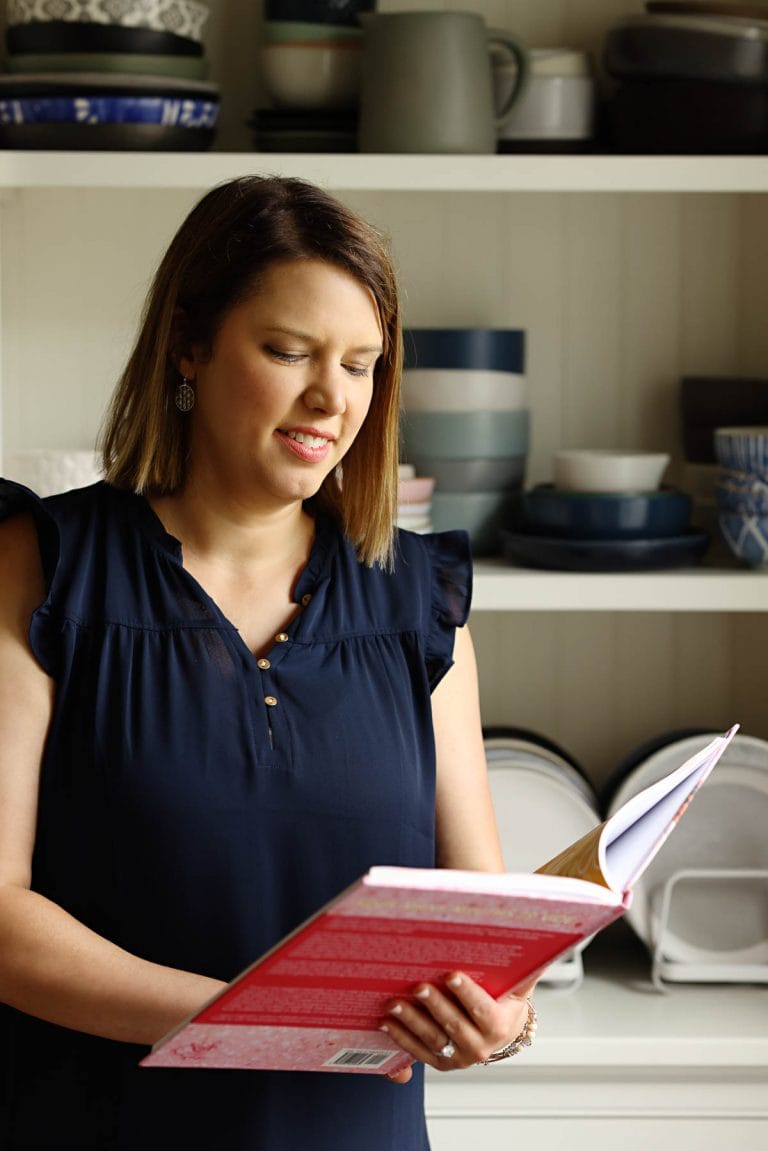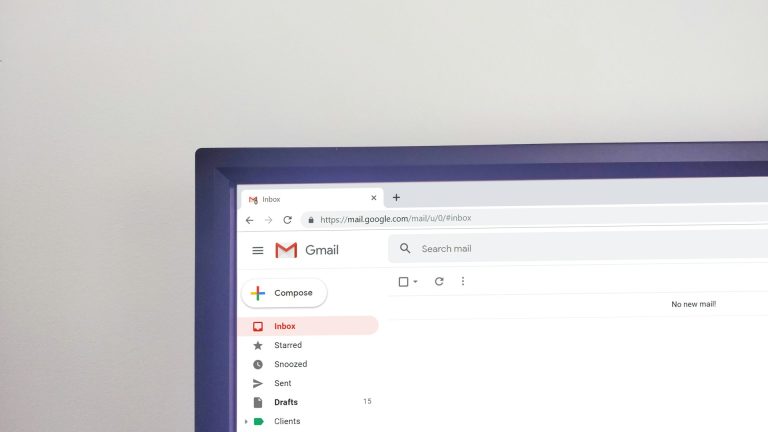How Much Money Does it Cost to Start a Blog
Starting a blog can be one of the most exciting and affordable ways to build an online business. But how much does it actually cost to get started?
The good news is that starting a blog doesn’t have to break the bank. Starting a blog is a low investment in comparison to other businesses. You can get up and running for as little as a few hundred dollars, but if you want your blog to be a solid foundation for growth, you’ll need to invest in a few essentials.

To help you plan for the cost of starting your blog as a business, here is an overview of the most common costs in the first year of blogging. This is not comprehensive and can vary depending on your needs and goals but this list can serve as a starting point for you to work from.
The amounts listed are the estimated annual cost for the first year.
1. Blogging Platform – free
If you’re serious about building a blog that can grow with you, the best platform is WordPress.org.
Because WordPress.org is self-hosted, this means you own your blog. It is also an open-source platform, which means using it is free although you will need to purchase hosting, which we will talk about later.
With WordPress.org, you get:
- Access to powerful analytics and SEO tools to help you grow.
- Full control over your content (you’re not at the mercy of another platform).
- Endless customization options to make your blog fit your vision.
We know WordPress can feel overwhelming at first but t’s much better to start on a platform that can support your growth than to outgrow a simpler platform and face the headache of moving everything later.
Once you’ve decided on WordPress.org, you’ll want to add the right theme, plugins, and tools to give your blog the design and functionality you need.
2. Domain Name – $20 (can vary)
Before you can create your website you’ll need to choose and purchase a domain name. A domain name is your blog’s address on the internet (like yourblogname.com).
We recommend using Namecheap because they’re affordable and easy to work with.
How much does it cost?
In most cases, you’ll pay around $10–$20 per year for a standard domain name.
If you’re seeing options that cost hundreds (or even thousands) of dollars, that usually means the name is considered “premium.” In that case, we recommend going back to the drawing board unless you have a reason to invest that much.

3. Hosting – $119.40
Because we recommend using WordPress.org (a self-hosted platform), you’ll need to purchase website hosting. This is essentially renting space on the internet for your blog to live.
Choosing the right hosting company is one of the most important decisions you’ll make when starting your blog. After trying several options over the years, our top recommendation is BigScoots Hosting. They provide incredible support, excellent reliability, and truly care about their customers. Getting help quickly is important and they always deliver.
How much does hosting cost?
It depends on the level of support and traffic you need:
- Shared Hosting Plan: $9.95/month ($119.40/year) — can work for brand-new or smaller blogs.
- Starter Managed Plan: $34.95/month ($377.46/year) — ideal if you want more hands-on support or already expect higher traffic.
Pro Tip: While starting with the managed plan is ideal, many bloggers start with the shared plan to save a little money and upgrade as their blog grow.
4. Themes – $249
You will need two themes for your self-hosted blog, a parent theme, and a child theme.
- Parent theme: This is the basis of functionality for your blog. We recommend Kadence for your Parent theme, and it is has a free version which is suitable for most bloggers. Kadence is very easy to customize and is very user-friendly, even for the beginning blogger. There is also a paid version of Kadence if you want a lot more customization and more fonts, but it is not necessary.
- Child theme: Your child theme is what is going to give your blog character and allow you to customize it to fit your needs. There are a ton of child themes to choose from, but the ones we highly recommend are designed by Restored 316. These themes have been approved by SEO experts and are beautiful themes that deliver a wonderful user experience.
Restored 316 child themes ranging from $79-$249 and is a one-time cost. To learn more about why we love these themes you can listen to this podcast episode we did with the founder of the company, Lauren Diershke.
5. Plugins – approx $300
A plugin is an add-on or extension that you add to your site to give it additional functionality that you need. The way I describe a plugin is to compare it to apps on an Apple iPhone. You purchase the phone and it works fine the way it comes, but you buy apps that can give you functions you need or accessibility to programs you use. Think of a plugin that same way in regards to your website.
The kind of plugins you need will vary depending on what kind of blog you have. For instance, if you are a food blogger, you’ll need a recipe card plugin so Google will recognize your recipes as a recipe, but if you don’t have recipes you won’t need that plugin.
There are a lot of different plugins to choose from, so the cost may vary, but we recommend plugins for the following functions. In total, the plugins we recommend can cost up to $300 for your first year. Some plugins do have annual costs associated with them.
- Image compression: ShortPixel Image Optimizer is great WordPress image compression plugin. The basic free account allows you to compress up to 100 images per month and paid plans are based on the number of images and start at $9.99 per month for up to 5,000 images per month.
- Recipe card: A recipe card plugin can help you create a beautiful recipe layout making it more user friendly. They can also have optimization settings that can improve your website’s SEO. (Only needed if you are sharing recipes.) Prices can range from free to $100/year.
- Caching: This plugin is used in websites to improve user experience and reduce page load times. Prices can range from free to $60/year.
- Spam Comments: A plugin that helps protect, block, and tackle spam on your website. Prices can range from free to $100/year.
- Security: A security plugin protects your data, maintains site functionality, and safeguards your users’ information. Free options are available.
- Website backup: This plugin creates a backup of your site just in case you run into problem that breaks your site. If you are making some changes to your WordPress website, backups allow you to roll back to an older version if needed. Prices can range from free to $150/year.
- SEO: A SEO plugin will help you optimize your web pages so they’ll rank higher in search engine results pages. Prices can range from free to $100/year for a pro version.
- Social sharing: A social sharing plugin enhances content visibility and engagement. Prices can range from free to $129/year.

6. Branding & Design – optional
Branding can help your blog look polished and professional, but it’s not required to get your blog business up and running. You can always invest in more advanced branding later as your blog grows.
1. Logo & Visual Branding
- You can hire a designer to create a full branding package (logo, fonts, colors). Costs vary widely based on the designer and scope.
- Or, create your own branding for free using Canva. The free version is perfect for beginners, and Canva Pro (for more features and templates) is about $120/year.
2. Brand Photography
- Professional photos can be a great investment for your blog and marketing materials. Costs depend on your location and photographer.
- On a budget? Start simple: have a friend or family member take a clear, well-lit photo of you to use on your About page.
Pro Tip: Want more on brand photography? Check out this episode of The Ultimate Blog Podcast with Corry Frazier.
7. Email Marketing – $290
Growing your email list is an important part of growing your blog business and it’s an area we recommend working on from the start. In order to grow your email list you will need an email marketing provider that will allow you to send emails to readers who subscribe to your blog.
Our recommendation for email marketing is Kit (formally ConvertKit). Kit is the easiest platform to use and has a lot of functionality for you to utilize as your business grows.
How much does it cost?
- Free Plan: $0 — includes up to 1,000 subscribers and unlimited landing pages & forms.
- Creator Plan: Starts at $25/month — adds email sequences, automations, and premium support.
8. Accessories – $ varies
Depending on the kind of blog you have, you may need some additional items to support your blog business.

These are not required, but they are things that could assist you in your business. There are other accessories you could utilize but we recommend keeping it as simple as possible when you start.
- Computer– you don’t need anything fancy here, just something that allows you to browse the internet and edit photos if you’ll be doing your own photography.
- DSLR Camera– if you are doing food photography you will likely want a DSLR at some point. If you are just starting out, your iPhone can do a good enough job to get you started.
- Ring light– this is helpful with photography and video. You can find several different options on Amazon for reasonable prices.
- Food styling props- if you are food styling, you’ll need some props such as dishes, napkins, and textures. You can easily find some great pieces at your local goodwill.
- PO Box- the main reason we recommend a PO Box is that you will have to input an address that will be on every email that you send out. For safety reasons, we do not recommend you put your home address. If you use a Kit (formally ConvertKit) paid plan, they do provide an address you can use, otherwise, you will want to go to your local post office and purchase a small PO Box so you can use that address in your marketing.
9. Legal – approx. $3,000+
Most importantly, we don’t want you to forget to protect your new blog business. The legal side of blogging isn’t the most exciting and if you’ve never done it before it can feel a bit overwhelming. But it’s one of the most important steps to consider to protect your blog as a business.
1. Privacy Policy & Terms of Use
Every website needs these two documents.
We recommend using the customizable templates from Berkley Sweetapple — they’re made specifically for bloggers.
Cost: $237 for the bundle (save 20% with code SPARK20).
2. LLC (Limited Liability Company)
We aren’t attorneys, but after talking with several on our podcast, we recommend setting up an LLC to protect your personal assets and establish your blog as a business.
Learn more: Listen to our episode with Andrea Sager about LLCs for bloggers.
Cost: Varies by state and whether you DIY or hire a lawyer.
3. Trademark
If your blog name is an important part of your brand, consider checking whether it’s already trademarked or applying for a trademark yourself.
Timeline: Currently takes about a year to complete.
Cost: Around $2,500 when done through an attorney. Berkley Sweetapple offers this service as well and makes it at painless as possible with her experience in this area. Plus the cost of filing fees with the government.
If you’re wondering if you really need a trademark, be sure to listen to this podcast episode.
Remember, you don’t have to figure it out alone. If you’re ready to start your blog and want step-by-step support, join us inside The Ultimate Blog Roadmap and we’ll walk you through the process together.
The Ultimate Blog Roadmap
Our signature membership, The Ultimate Blog Roadmap, is the answer to your blogging dreams. If you are ready to start blogging and want a step-by-step process with support from two blog coaches, The Ultimate Blog Roadmap was created for you.
This membership is for anyone who is ready to start their blog or grow their blog and has the time and energy to get it done!
Here is what is included the membership:
- A step by step Roadmap for starting and running your blog. We’ll help you choose your niche, name your blog, and set everything up the right way from the start. You’ll learn how to write and publish content your audience is searching for and build a content strategy that actually works. Discover how to attract readers to your blog using tools like keyword research, email marketing, and other smart traffic strategies. You’ll learn practical ways to start earning income from your blog, whether through affiliate marketing, digital products, sponsored posts, or ad revenue.
- Support from Jennifer, Amy and the whole community. We are there to answer any questions you have about blogging as you work through the Roadmap. The support we provide is what makes us different than any other blogging course out there. You have our guidance as you set up to bounce ideas off of and ask all the questions you need!
- Live monthly coaching calls to ask questions and learn from guest experts and ourselves.
If you are ready to start your blog, you can join TODAY!
*The values that are listed in this blog post are subject to change and are current as of July 2025.








